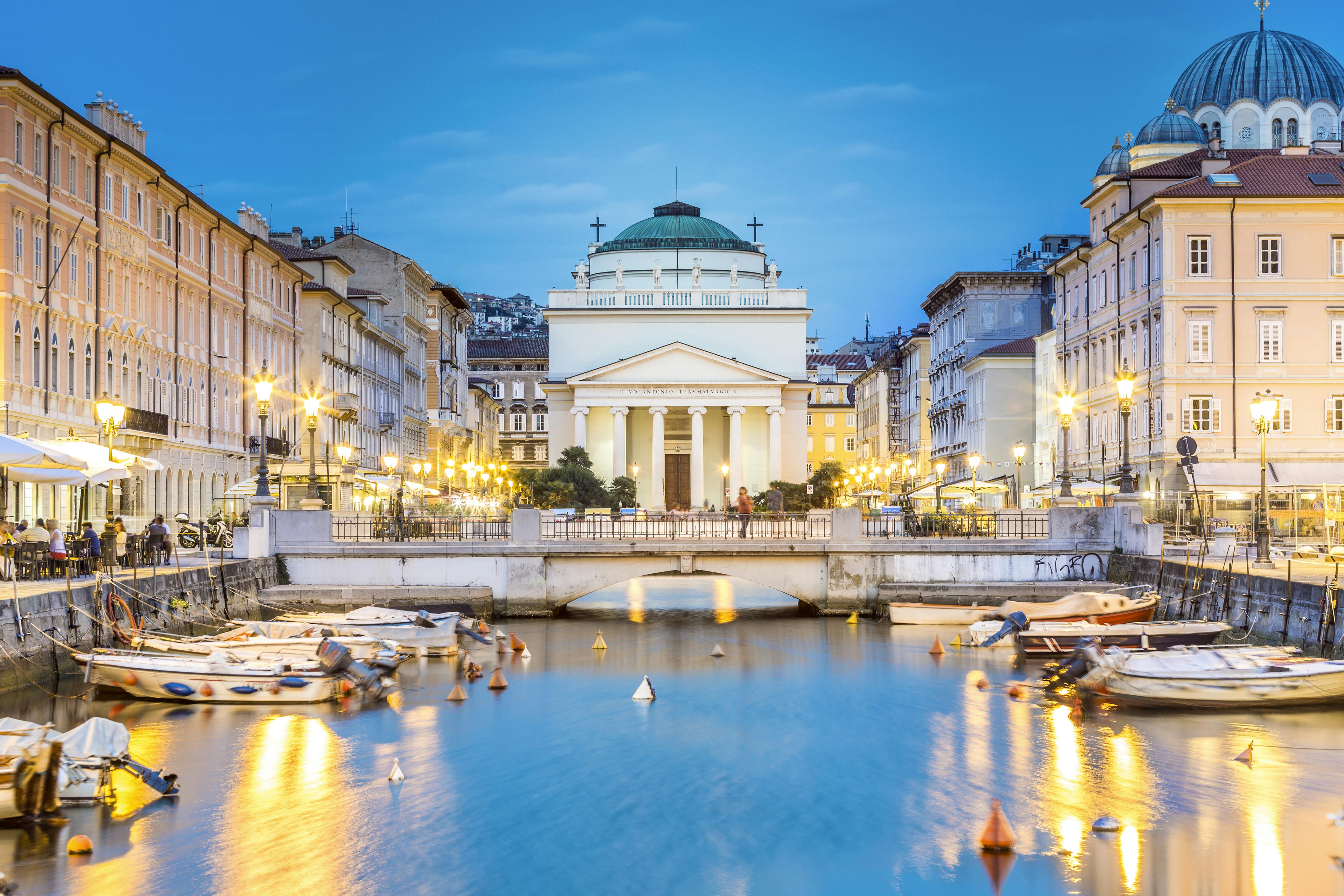Travelers Took Luxe ‘White Lotus’-style trips 2,000 years ago. You Still Can
The streaming hit “White Lotus” let viewers peek at the glitz and excess that guests of five-star resorts, first in Hawaii, then Italy, and now Thailand in Season 3 on HBO Max. The series, whose newest installment debuted Feb. 16, promises its standard satirical murder mystery tales set against ocean-view suites, marble-draped foyers, chandeliered dining rooms and photogenic infinity pools.
Silversea passengers can follow the “White Lotus trail” through all three seasons by alighting at cruise ports in Maui, Sicily and Koh Samui, Thailand. And they also can trace lavish paths more than two millennia ago.
Luxury travel has boomed in the modern era, but it’s far from new. Centuries ago, wealthy folk also explored the world in lavish fashion. Granted, some traveled by horse, not private jet, and roamed hundreds, rather than thousands of miles.
But along the way, these rich adventurers devoured delicacies, quaffed fine wines, slept in palatial accommodations and witnessed extraordinary performances, all while on the way to wondrous sites, both natural and manmade.
Bodrum, Turkey
Here are four such luxury destinations, each of which can be reached during your cruise.
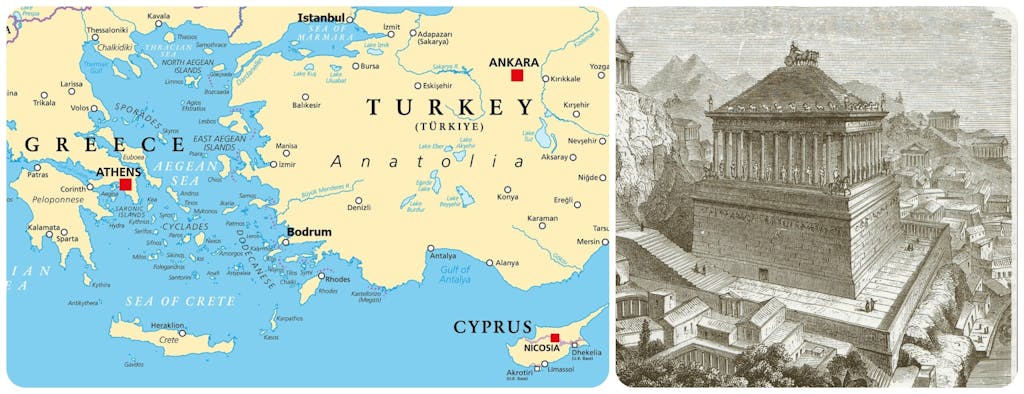
At the time Jesus Christ is said to have trod our planet, an extraordinary document was circulating: Its descriptive contents enthralled and enticed its readers. Greek writers, who, while exploring the Middle East, southern Europe, and North Africa, created this 2,000-year-old travel bucket list, identifying the best of the best sites across these regions.
We now know these “best sites” as the Seven Wonders of the Ancient World. Some of the earliest-known tourists used their wealth to go over land or sea to reach those revered locations, which included Egypt’s Great Pyramids of Giza and the Lighthouse of Alexandria; Greece’s Statue of Zeus at Olympia and the Colossus of Rhodes statue, and Iraq’s verdant Hanging Gardens of Babylon.
Two marvels in the area we now know as Turkey, meanwhile, are listed: the Temple of Artemis and the Mausoleum at Halicarnassus. Visitors to Ephesus, on Turkey’s east coast, can still see sections of that 2,500-year-old temple. Even more impressive: the excavated remains of the aforementioned, 2,300-year-old tomb.
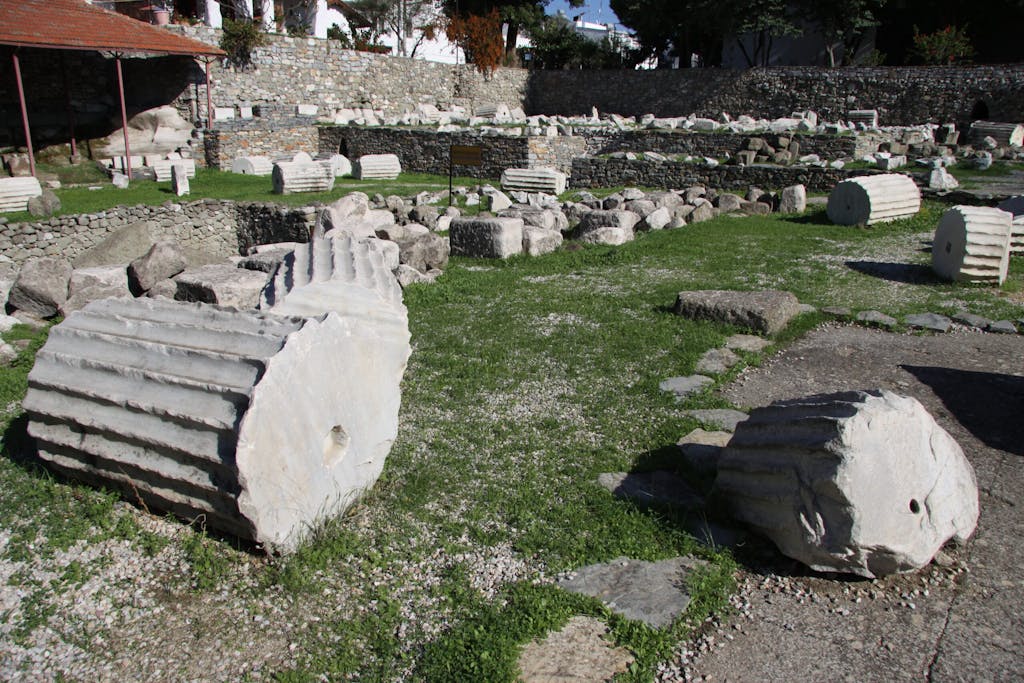
The Mausoleum at Halicarnassus is in Bodrum, one of the most picturesque coastal cities in the Mediterranean. It may sound odd for a tomb to be a major tourist attraction, but this engineering marvel was nearly as large and spectacular as the Giza pyramids and thus lured wealthy tourists from near and far.
They came to witness the landmark built by Queen Artemisia as an opulent, everlasting venue for her late lover Mausolus. Nowadays, tourists can stride in her wake by wandering the rock ruins of what was once an astonishing complex. Its sprawl of marble pillars and weathered walls offer a sense of the tomb’s former vastness. They also contrast with Bodrum’s nearby modern, stylish marina, hemmed by chic restaurants and lively bars.
Le Havre, France
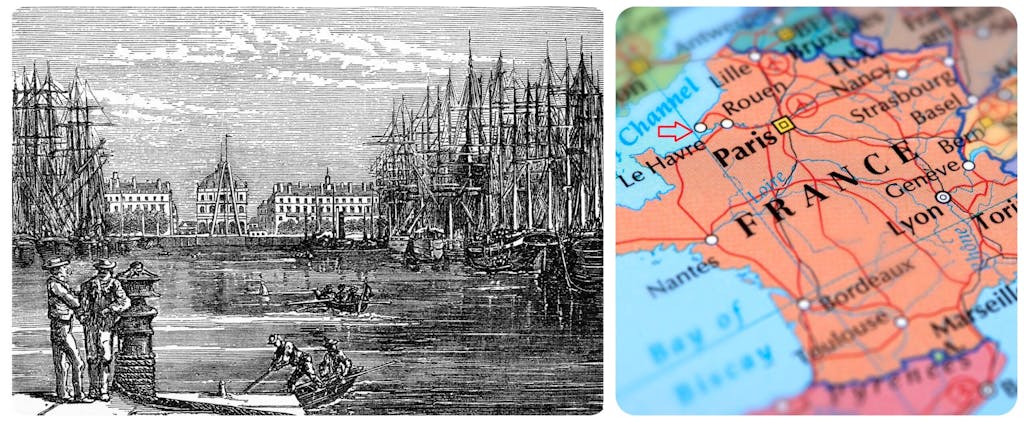
In between partying, these privileged youth furthered their education, learning French etiquette and studying Italian Renaissance art.
Overshadowed by Paris, Lyon, Nice, Marseille, Bordeaux and Toulouse, Le Havre is a low-profile port on France’s northwest coast. Yet in the 1700s, it was the most exciting place on the planet for many young, well-to-do young British travelers. That’s because, after sailing from southwest England, Le Havre usually was the maiden stop on the Grand Tour, so named for is length and the number of sites to be seen.
Despite its diminished profile, Le Havre remains a rewarding destination. Le Havre was decimated during World War II, when thousands of its structures were razed. Its renewed tourist appeal derives from a sublime seaside setting, modern attractions, and distinctive blend of buildings.
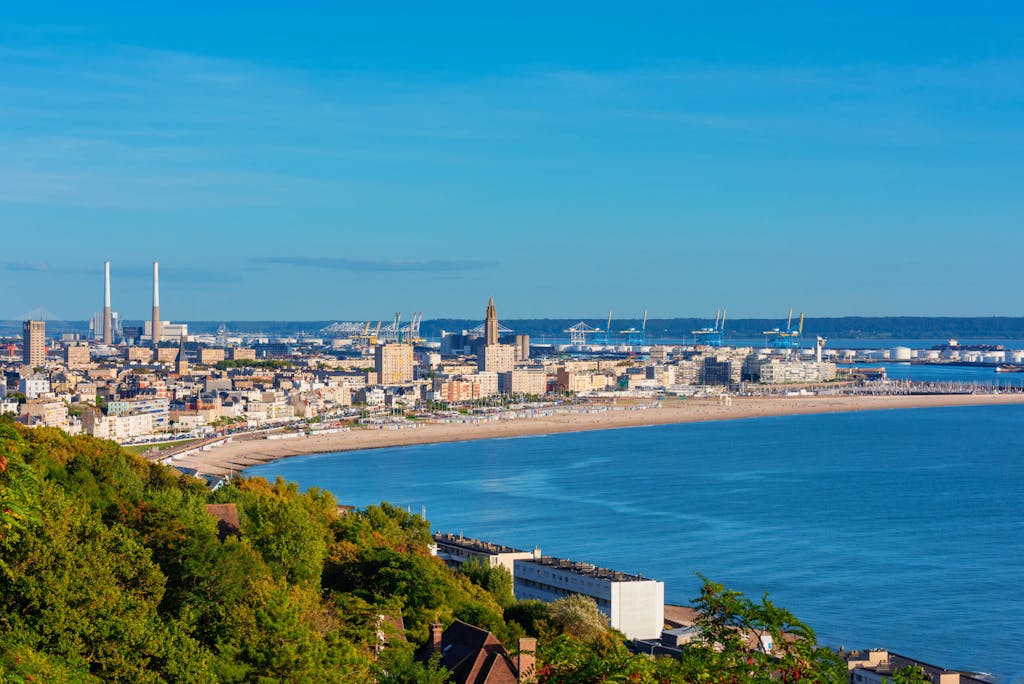
Visitors appreciate its clean beaches, which peer across the English Channel. Some are lined by bars, restaurants and photogenic, multicolored beach huts, including 1.3-mile-long Le Havre Beach. Tourists may also swim and relax at nearby Les Bains des Docks. Whitewashed and high-tech, this swimming center symbolizes Le Havre’s push into the future.
So, too, do the nearby, glass-laden André Malraux Museum of Modern Art (MuMa) and Le Volcan arts center, which resembles a volcano. The latter displays many works of Impressionism, popularized by Claude Monet, who grew up in Le Havre. Monet’s enormous impact, in the late 1800s and early 1900s, arrived just decades after the Grand Tour era waned.
Trieste, Italy
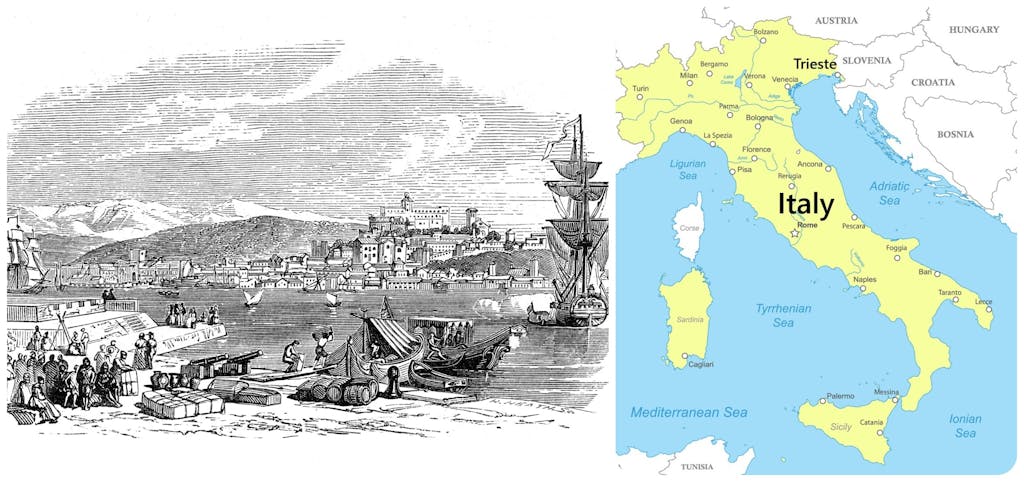
Before Venice, there was Trieste. The former is so dazzling in its canal-crossed charm that it has become arguably Europe’s most crowded destination. Venice didn’t exist during the Roman era, when instead many of this Empire’s elite vacationed in Trieste, also a glorious Italian canal city then revered for its mild climate, sparkling seas, and grand villas.
In the evenings, Roman blue bloods would don extravagant outfits while attending concerts or stage plays at Trieste’s Roman Amphitheatre. Visitors can follow suit. This intact venue still occasionally hosts events. Trieste’s prestige as a holiday spot persisted long beyond the fall of the Roman Empire in the 5th century.
From the early 15th century, Trieste became the gateway to the Mediterranean for the upper echelons of the rich Hapsburg Empire, ruled from Austria. Although the city’s only remaining Roman villas are in ruins, visitors can admire Hapsburg-era vacation mansions, such as Villa Giulia and Villa Jakic, both north of Trieste. Here, many palatial old holiday homes line oceanfront Viale Miramare.
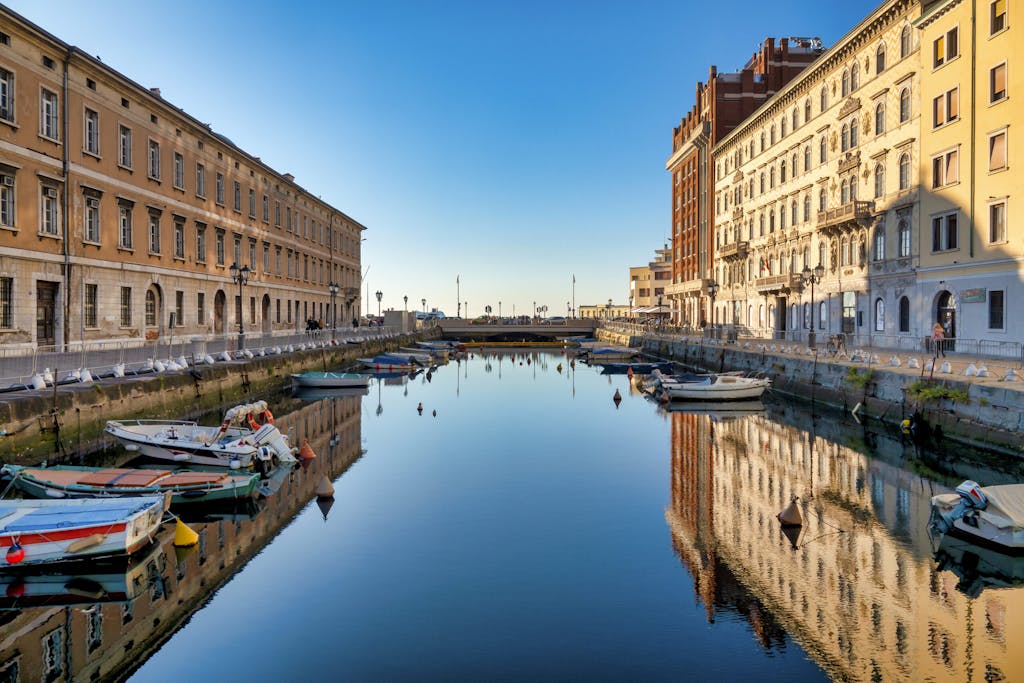
Trieste sits opposite Venice, hugging the eastern fringe of the Adriatic Sea. It’s also five miles inland from the Slovenian border and 10 miles north of Croatia. Its memorable, natural setting enhances the opulence of its Old Town, which flanks the city’s iconic Canal Grande.
Particularly dazzling: the ostentatious palaces of Gopcevich and Genel each of which embodies Trieste’s long reputation as a suave, scenic getaway for those with bulging bank accounts.
Alexandria, Egypt
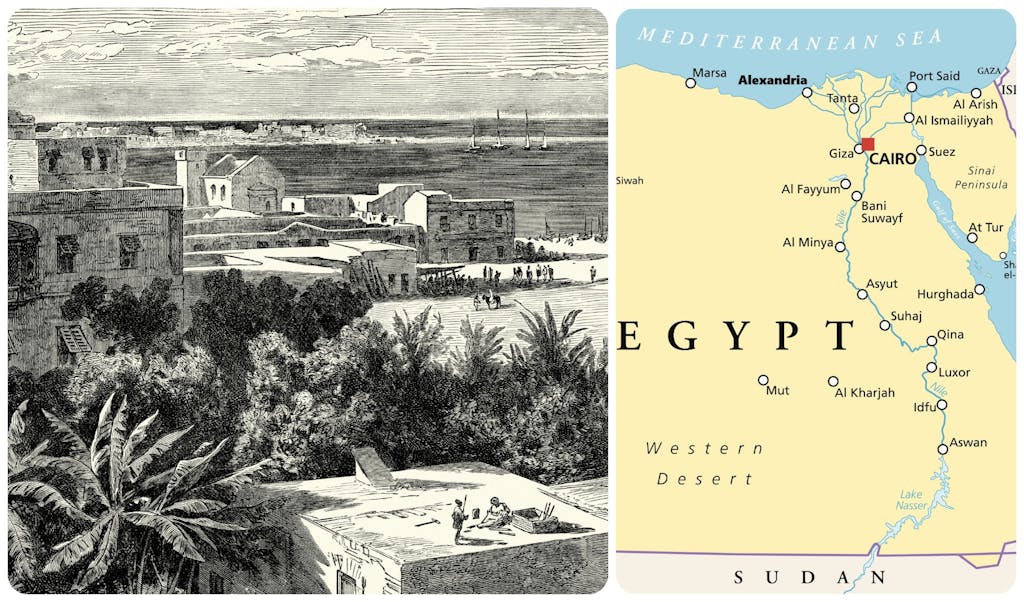
To those who heard it described 2,000 years ago, Alexandria must have sounded nigh-on mythical. This colossal seaside city, then second in size only to Rome, was crowned by a unique building taller than one in any other country. It was wealthy, beautiful, sophisticated and marked by the 450-foot-tall Lighthouse of Alexandria, another of the Seven Wonders of the Ancient World.
Reports of this structure’s heft and magnificence rang so loudly in the ears of powerful Greeks that many decided they had to see it in person. Although the lighthouse is long gone, modern-day visitors can admire other Alexandria sites that drew rich, ancient travelers.
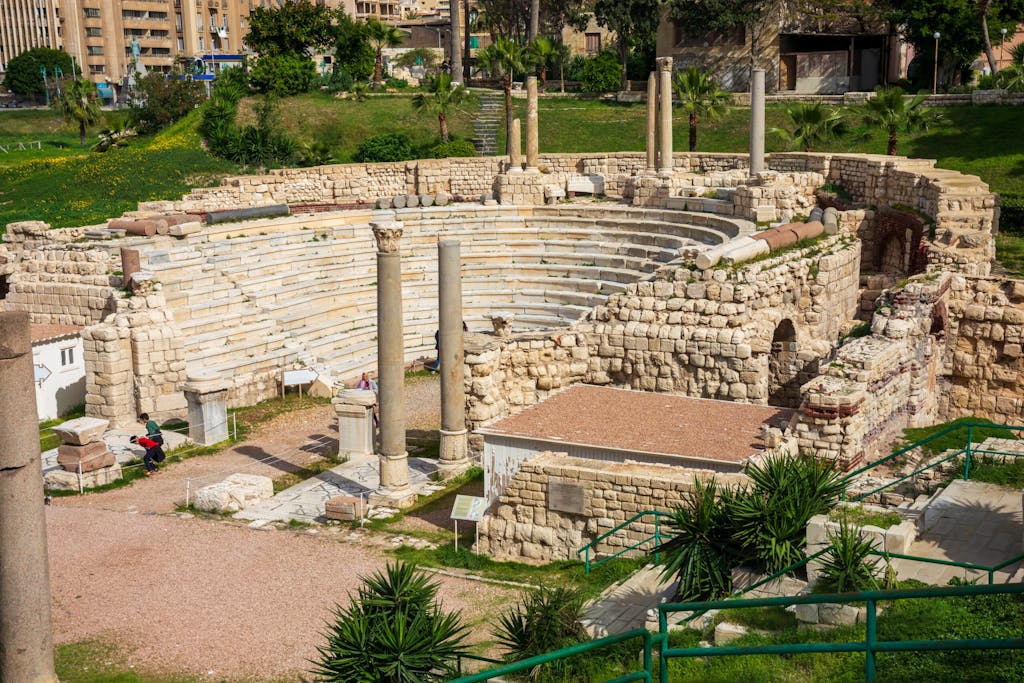
That includes its huge, well-preserved Roman Amphitheater, where visitors can sit on the same tiered, stone benches once occupied by influential from Greece and Rome as they watched musical and theatrical performances. Nowadays, tourists learn this storied history at three of Alexandria’s finest attractions, all near its long, peaceful, oceanfront promenade.
The Alexandria National Museum, housed in a graceful Italianate mansion, offers a timeline of this remarkable city using artifacts, maps and paintings.
The nearby Graeco Roman Museum outlines how Greeks and Romans shaped Egypt. These topics, and thousands more, are covered by the more than 8 million books of the vast, modern Bibliotheca Alexandria. Collectively, these museums illuminate why Alexandria had a magnetic pull on affluent ancient travelers.
